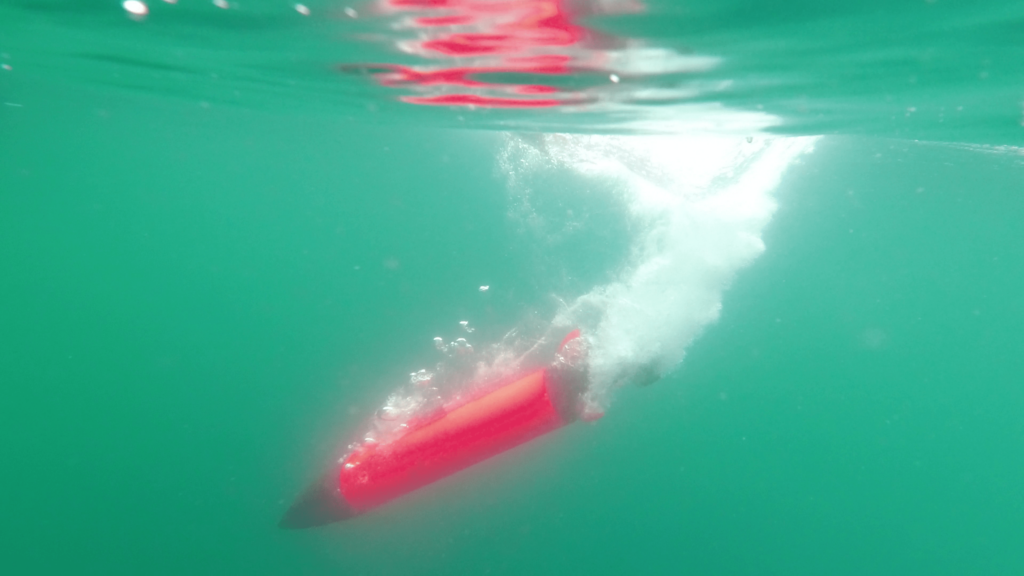
How Long Can an AUV Stay Underwater?
Autonomous Underwater Vehicles (AUVs) are sophisticated robotic systems designed to perform underwater missions without real-time human control. One of the most frequently asked questions about AUVs is:
“How long can an AUV stay underwater?”
The answer depends on various factors, including the AUV’s size, battery capacity, onboard systems, mission objectives, and environmental conditions. Generally, AUVs can operate underwater from a few hours to several days—or even weeks in advanced models.
1. Short-Duration AUVs (Up to 8 Hours)
Smaller, lightweight AUVs—often used for education, coastal research, or shallow water surveys—typically have a shorter operational time.
Features:
- Compact and portable
- Battery-powered (usually lithium-ion)
- Limited payload and sensor load
- Ideal for quick, nearshore missions
These AUVs generally stay underwater for 2 to 8 hours, depending on mission intensity and battery usage. They’re excellent for tasks like environmental sampling, water quality testing, or student research projects.
2. Mid-Range AUVs (8 to 48 Hours)
Mid-size AUVs are the backbone of oceanographic research and commercial surveying. They are designed for longer, more demanding missions that cover larger distances and deeper depths.
Features:
- More powerful energy systems
- Modular payloads for flexibility
- Endurance ranging from one to two days
- Depth ratings of up to 1,000–3,000 meters
These AUVs can stay submerged for 8 to 48 hours, depending on the complexity of the mission and sensor usage. They are commonly used for seabed mapping, infrastructure inspection, and military reconnaissance.
3. Long-Endurance AUVs (Several Days to Weeks)
Advanced AUVs used by militaries, deep-sea researchers, and offshore industries are capable of operating continuously underwater for several days or even multiple weeks.
Features:
- High-capacity batteries or fuel cells
- Advanced power management systems
- Reduced hydrodynamic drag for efficient movement
- Long-range navigation and mission autonomy
Depending on their design and mission parameters, these AUVs can stay underwater for 5 days to 3 weeks or more, covering hundreds or even thousands of kilometers in a single deployment.
4. Factors That Influence Underwater Duration
Several key factors impact how long an AUV can stay submerged:
- Battery Technology: Lithium-ion is standard, but fuel cells and hybrid systems are extending endurance.
- Mission Type: High-energy tasks like sonar scanning or sample collection consume more power.
- Depth and Pressure: Greater depths require more robust (and often power-hungry) systems.
- Payload Loadout: More sensors and devices draw more power.
- Navigation Needs: Constant course corrections, terrain following, and obstacle avoidance systems use energy.
Operators often balance mission time, sensor use, and travel distance to maximize efficiency.
5. Recovery and Recharging
Unlike Remotely Operated Vehicles (ROVs), AUVs are not tethered to a surface ship for power. Once deployed, they operate independently until the mission is complete or their battery runs low. Upon surfacing, AUVs can be recovered by a support vessel, or in some advanced systems, they return autonomously to docking stations where they can recharge and upload data.
The time an AUV can remain underwater varies widely—from a few hours to several weeks—depending on its design and mission requirements. While small AUVs offer short-term flexibility for light research tasks, high-end models provide the endurance and autonomy needed for long-duration missions in some of the world’s most remote and extreme underwater environments.
As battery technology, AI, and autonomous navigation systems continue to evolve, the underwater endurance of AUVs will only grow—expanding the boundaries of what we can explore and achieve beneath the ocean’s surface.
